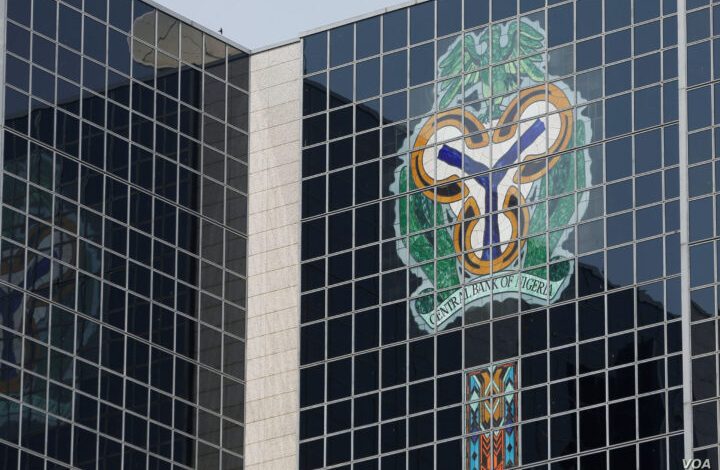Between January and April 2025, Nigeria spent approximately $2.01 billion on external debt servicing marking a sharp 50% increase from the $1.33 billion spent during the same period in 2024.
This information comes from newly released international payments data from the Central Bank of Nigeria (CBN), obtained by The PUNCH. The data reveals that debt servicing alone made up 77.1% of Nigeria’s total international payments in the first four months of 2025, compared to 64.5% during the same period in 2024.
In total, Nigeria’s international payments—including debt service, remittances, and letters of credit—stood at $2.60 billion as of April 2025, up from $2.07 billion a year earlier.
The surge in debt repayments is taking a toll on Nigeria’s foreign reserves, which reportedly fell by about $3 billion during the review period.
Monthly Breakdown
- January 2025: $540.67 million paid, slightly less than January 2024’s $560.52 million
- February 2025: $276.73 million, nearly unchanged from February 2024’s $283.22 million
- March 2025: $632.36 million—more than double the $276.17 million paid in March 2024
- April 2025: $557.79 million—a 159% increase from April 2024’s $215.20 million
In just March and April alone, Nigeria spent nearly $1.2 billion on debt servicing, suggesting a cluster of maturing obligations during the period—likely including significant commercial or bilateral loan repayments.
These repayments coincided with Nigeria clearing a $3.4 billion loan from the International Monetary Fund (IMF), originally obtained in April 2020 under the Rapid Financing Instrument to mitigate the economic impact of the COVID-19 pandemic. The IMF confirmed that the full repayment was completed on April 30, 2025.
“As of April 30, 2025, Nigeria has fully repaid the $3.4 billion financial support received in April 2020 under the Rapid Financing Instrument,” said Christian Ebeke, the IMF’s Resident Representative in Nigeria.
Though the principal has been fully settled, Nigeria will continue to make annual payments of around $30 million in charges related to Special Drawing Rights (SDRs). These charges stem from the gap between Nigeria’s SDR holdings currently at SDR 3,164 million ($4.3 billion) and its cumulative SDR allocation of SDR 4,027 million ($5.5 billion), and are based on the prevailing SDR interest rate.
The $3.4 billion IMF loan remains one of the largest issued globally under the Rapid Financing Instrument and was granted on relatively favorable terms.
Rising External Debt Pressure
In 2024, Nigeria’s debt servicing to the IMF reached $1.63 billion, made up entirely of principal payments. That year, the country’s total external debt service stood at $4.66 billion, up from $3.5 billion in 2023. Multilateral creditors accounted for $2.62 billion of that amount, with the IMF making up about 35% of the total.
Fitch Ratings recently projected that Nigeria’s external debt servicing will climb further to $5.2 billion in 2025, including $4.5 billion in amortization payments and a $1.1 billion Eurobond due in November. In 2026, the figure is expected to drop to $3.5 billion.
Fitch also flagged a delayed Eurobond coupon payment on March 28, 2025, citing it as indicative of ongoing public financial management challenges.
Although Nigeria’s external debt burden is considered manageable, Fitch warned of looming risks due to high interest costs, weak revenue collection, and constrained fiscal space. The agency projects general government debt to remain around 51% of GDP in both 2025 and 2026.
“We expect government revenue to GDP to improve slightly but remain structurally low, averaging 13.3% between 2025 and 2026. This will keep interest payments high relative to revenue, with the general government interest/revenue ratio exceeding 30%, and nearly 50% at the federal level,” Fitch added.



